Opening hours
Monday-Saturday
09:00 - 12:00 || 16:00 - 20:15
Sunday
08:30 - 13:00 || 16:00 - 21:30

The sanctuary of St. Francis of Assisi and St. Anthony of Padua is one of the places with most historical and religious significance in Cava de’ Tirreni, with a history that dates back to the 1500s. Its foundation was intended to accommodate and support students of ecclesiastical studies that could not afford to live in the capital of the Kingdom of Naples. This place of worship, while safeguarding the Franciscan message, has endured through the centuries and experienced events that have transformed both its structure and function multiple times.
The church, consecrated in 1544 and initially dedicated to St. Mary of Jesus, was later dedicated to St. Francis of Assisi and St. Anthony of Padua. Since its construction, the shrine has served as a point of religious and cultural reference. In the squarw in front of it, once there stood a majestic fountain with an octagonal base and pyramid-shaped summit, now sadly gone.
In the 1600s, the complex reached its peak of splendor, serving as a center of spirituality and the spread of Franciscan tradition. The friars, inspired by the teachings of Saint Francis, kept the tradition of the nativity scene alive, setting it up along an entire aisle of the church until the 1980s. 1600the complex reached its maximum splendor, acting as a centre of spirituality and the spread of the franciscan tradition. The friars, inspired by the teachings of Saint Francis, they kept alive the tradition of the crib, allestendolo along an entire aisle of the church up to the Eighties.
Inside, the church houses an 18th-century marble altar, 16th-century sculptural works in the transept, a wooden choir from 1534 by Giovan Marino Vital, and a Tamburini organ from the 1960s. The nave also contains the funeral monument of General Pietro Carola (1668). The main façade features a wooden portal with wings from 1528, created by Giovan Marino Vital and Marcantonio Ferrari.
Unfortunately, in the following centuries, the building was struck by a series of destructive events. The first were the earthquakes of 1688 and 1694, which seriously damaged the church, particularly the ceiling of the main altar and the bell tower. In the 20th century, on September 11th, 1943, during the Allied landing at Salerno, the shrine suffered heavy bombing, resulting in the collapse of the gilded coffered ceiling, the destruction of the organ, and the loss of many frescoes and paintings dating back to the 17th and 18th centuries. The last catastrophic event for the structure was the Irpinia earthquake in 1980, which led to the closure and partial abandonment of the Sanctuary.
Each time, however, the community and the Franciscan friars rebuilt the complex, in particular in the 60s and, more recently, after the earthquake in 1980.
Adjacent to the Sanctuary is the convent of the Friars Minor, which still houses a valuable library and a monumental nativity scene. The friars also manage charitable activities for those in need, including their reception center at the House of the Pilgrim and the Table of the Poor.

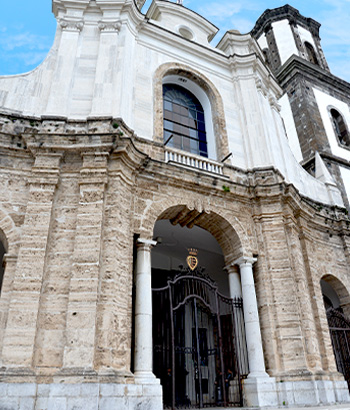
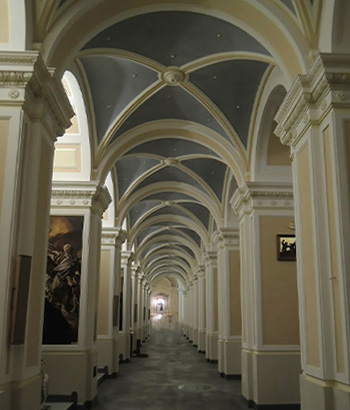
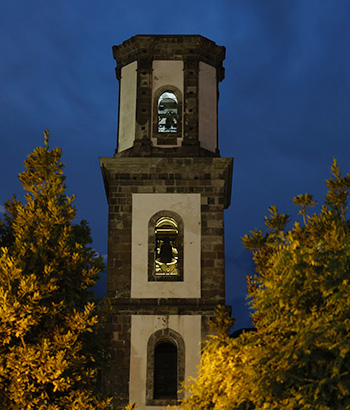

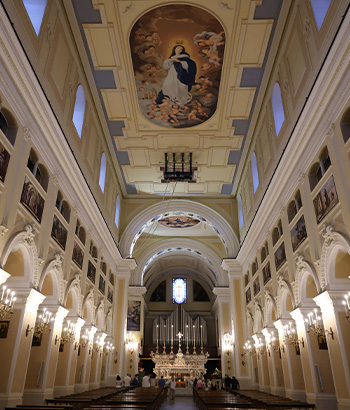
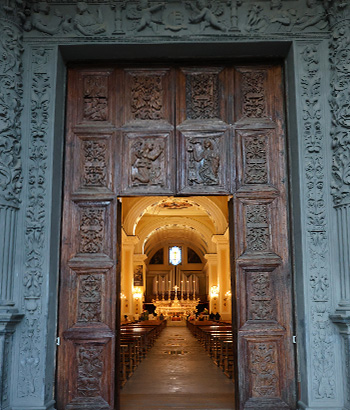
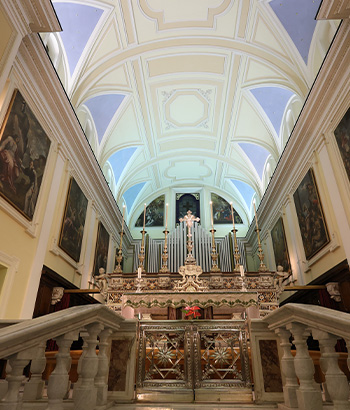
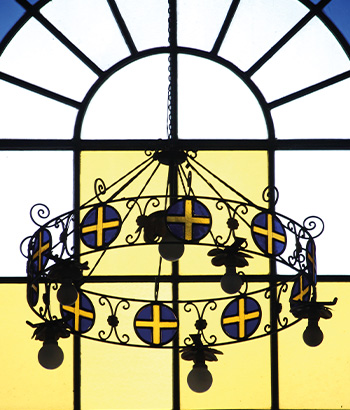
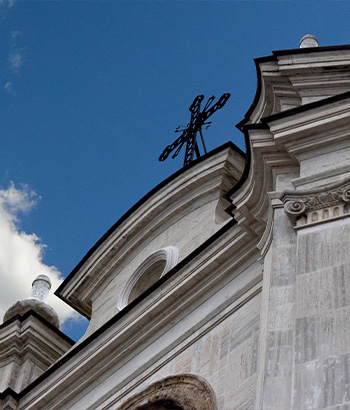
The Nativity Scene has always been a tradition of the Franciscan friars. Today, in a wing of the convent we can find a permanent nativity scene path of approximately 1000 square feet, which includes: neapolitan eighteenth-century cribs and oriental collections of the shepherds, statues, and animals from the 1600 up to the present day, with the ancient statues of the three Kings, of extraordinary beauty.
The sanctuary also houses a liturgical museumwith precious objects and votive offerings made by the faithful and the friars in honor of Saints Francis and Anthony.


Monday-Saturday
09:00 - 12:00 || 16:00 - 20:15
Sunday
08:30 - 13:00 || 16:00 - 21:30



Trincerone Coperto: 5 min walk
Via Schreiber: 5 min walk
Via Trara Genoino: 2 min walk

Lines: 4 - 9

Accessible to people with disabilities
